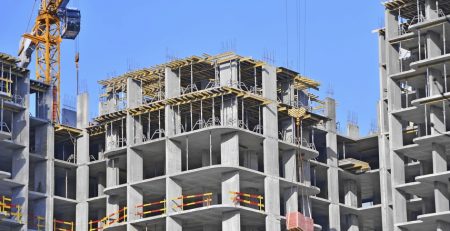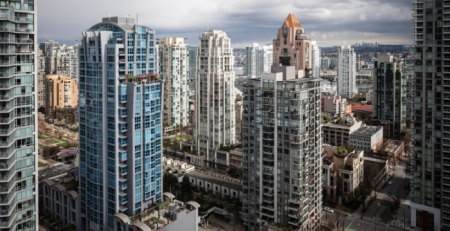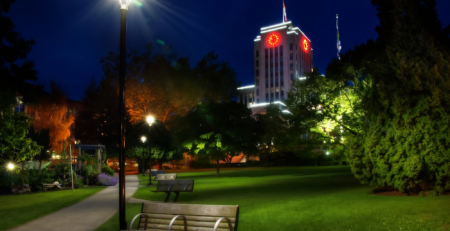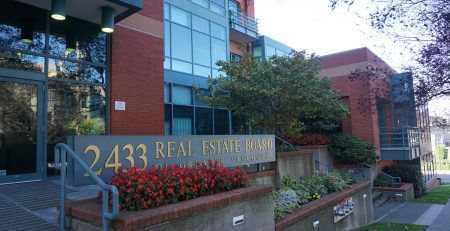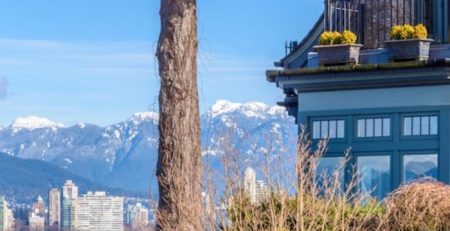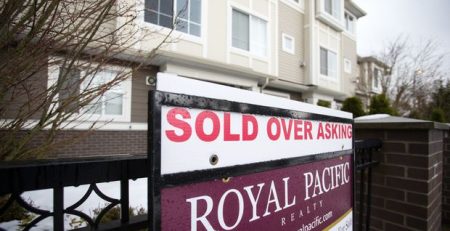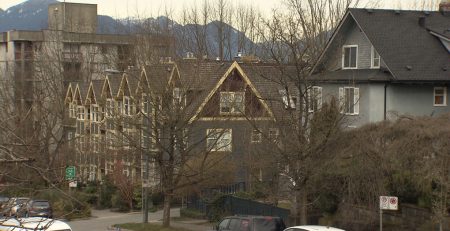Vancouver acquires Arbutus rail corridor from CP for $55-million
[Source: The Globe and Mail, March 7, 2016]
Fifteen years of bitter fighting over an unused rail corridor on Vancouver’s west side have ended with an announcement the city has agreed to buy the nine-kilometer line from CP Rail for $55-million to transform it into a greenway.
That opens the door for radical change along the line.
“This is Vancouver’s chance to have a New York-style High Line,” a smiling Vancouver Mayor Gregor Robertson told a news conference on Monday, referring to the park created on an elevated rail line in the American city, which has become a phenomenal tourist attraction.
But the transformation could extend beyond that, since the mayor said the future could also include a rapid-transit line, and development along parts that are broad enough.
Many advocates for the corridor are celebrating the news and planning already for the beautiful new greenway they now expect, along with the return of community gardens that were ripped out in the past two years as the city and Canadian Pacific Railway tussled.
The fight started in 2000, when the city designated the line for transportation only just as CP was about to stop using it and was considering selling bits off.
“This is a monumental moment,” said Hans Finken, a co-chair of the Arbutus Greenway Improvement Society, who said he hoped for a public path that could accommodate cycling, walking and more, along with public art. “This will be an attraction equal to Stanley Park.”
Community gardener Adam Vasilevich said it was good news that was “a long time coming.”
However, Mr. Finken and Mr. Vasilevich are perplexed and uncertain about the city’s plans for rapid transit or development along the corridor.
“It seems to me pedestrians and cyclists don’t mix with transit,” said Mr. Finken, while Mr. Vasilevich said he is not sure how that would work, but is not worrying about it for now because “it’s a long way off.”
City manager Sadhu Johnston said cities such as Dublin and Cleveland have combined rail and bikeway/walkway corridors, but acknowledged that those were only for short distances.
A streetcar or light rail along Arbutus has been mentioned in public meetings off and on since 2009, when the corridor was rejected as a possible route for the Canada Line, which now runs on Cambie Street. However, it is not part of any current long-term transit plan for the region.
The proposal for a line stirred up controversy in Kerrisdale and Arbutus Ridge after it was first raised in 2000, when the city rushed in to designate Arbutus as a transportation corridor to prevent Canadian Pacific Railway from selling it off piecemeal. The city’s bid to buy it became a long battle to set a price.
One resident said having a train rushing by was not what the residents there – “the crème de la crème” – deserved.
Mr. Robertson did not provide a lot of details about the potential transit line or development, saying all of that will be decided through a major public consultation and probably decisions by future councils.
The City of Vancouver has committed $3-million to open a greenway project office immediately that will lead public discussions to plan the Arbutus corridor.
Canadian Pacific has promised to tear out the existing tracks, which could not be used for light rail, within two years.
The $55-million price, proceeds for which will come from the property-endowment fund and the capital reserve, falls about halfway between the $20-million the city had said was its best offer two years ago and the $100-million that CP was demanding.
But the deal also includes revenue sharing on money earned from land alongside the corridor, which is almost as wide as a city block at some points at the southern and northern ends.
Canadian Pacific hired a private planner at one point to show how new housing and commercial buildings could fit on the land.
The agreement says Canadian Pacific will get 75 per cent of the first $50-million in net proceeds and the city will get the rest. The two parties will split proceeds on the next $50-million. On the third $50-million, Vancouver will receive 75 per cent, and then 100 per cent of anything more than $150-million.
The dispute over the rail line has been fought in court and out of it for years. CP challenged the city’s right to designate it a transportation corridor, losing a final case at the Supreme Court of Canada in 2006.
In the past two summers, CP had first threatened to take out community gardens and then did so.
Canadian Pacific Railway president and chief operating officer Keith Creel said on Monday that the company was elated to be able to move on to a more productive relationship.
“We regret any inconvenience that was caused,” he said.
—————————————————————-
Arbutus corridor facts
Length: Nine kilometers
Area: 17 hectares
History: The corridor was built as part of a CP Rail line known as the Marpole Spur, which ran from Vancouver’s False Creek to Port Coquitlam, where it connected with CP’s main transcontinental lines. Construction began in 1901 and, four years later, the B.C. Electric Railway (which later became BC Hydro) started corridor passenger- and freight-rail service. The passenger service was discontinued in the 1950s and B.C. Electric’s freight service ended in 1985. CP resumed its own service on the line until June, 2001, when its final freight customer, the Molson Brewery on False Creek, stopped receiving cargo by rail.
What’s there now: Not much. Residents nearby have set up community gardens, including garden plots and small structures such as sheds, along some sections of the corridor. On other areas, there is nothing more than old railway tracks and bush.


